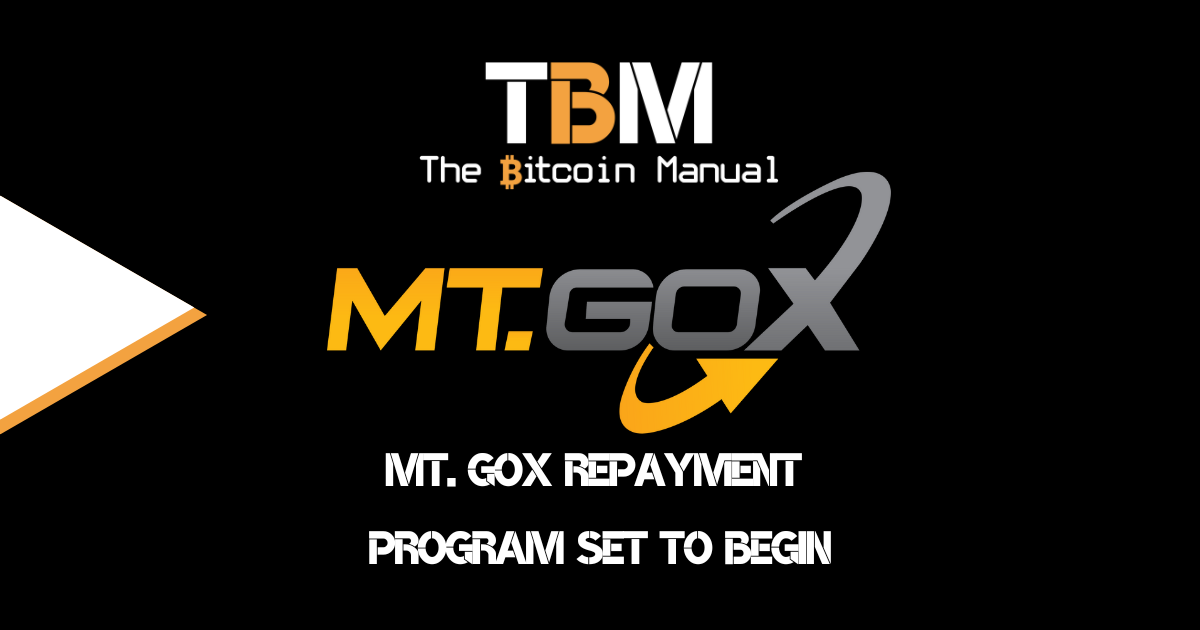SoftChains
Home » Blockchain » SoftChains
A major critique of bitcoin is that the ecosystem is not innovating fast enough and that other chains will surpass it with better technology, however, better tech doesn’t mean people are going to want to move over, or trade their value held in the bitcoin network. It would be far easier to bring that technology over to bitcoin instead, which is what SoftChain are proposing.
In SoftChain, bitcoin nodes could choose to run an updated version of the software that recognises a new sidechain environment, that could have different rules than the bitcoin network, the SoftChain could mimic rulesets of other blockchains or provide features like virtual machines and Turing complete smart contracts an example or simply be an environment with more block space for cheaper and faster transactions.
Users could then peg their bitcoin into the SoftChain and use it with their bitcoin in this new environemnt and later peg out back to the bitcoin basechain.

What are softchains?
SoftChain are a proposal by Ruben Somsen and is a method of creating a new sidechain tethered to bitcoin with the use of a Soft Fork via Proof-of-Work Fraud Proofs. A SoftChain would require a decentralized two-way peg design to move bitcoin into the SoftChain or back into the main chain.
The fact that activating new sidechains with this method requires a soft fork, is where it gets the name SoftChain or SoftChains.
Softchains have a few similarities to drivechains, but without the major downside of having to rely on miners for consensus, since all Bitcoin full node users can efficiently validate each sidechain if they have the compatible software for the SoftChain.
How do softchains work?
Softchains are a type of two-way peg sidechain that utilizes a new type of consensus mechanism: proof-of-work fraud proofs (or, as Provoost prefers to call them, “proof-of-work fraud indicators”). Using this consensus mechanism, users don’t validate the content of each block, but instead only check the proof-of-work header, like simplified payment verification (SPV) clients do.
By using proof-of-work fraud proofs, users do validate the entire content of blocks any time a blockchain fork occurs. This offers a security model in between full node security and SPV security. Leveraging using proof-of-work fraud proofs for sidechains to create softchains, Bitcoin full nodes could validate entire sidechains at minimal cost.
Why would you want to use softchains?
This new model might be useful for certain types of sidechains, most notably “block size increase” sidechains that do nothing fancy but do offer more transaction capacity, helping reduce transaction load on the base chain and offer an environment for improved scalability.
More resources on softchains
If you want to dive deeper into the concept of SoftChains, then check out the following resources:
Share with a friend
If you thought this information was helpful why not share it on your favourite social media network and encourage others to learn more about Bitcoin
The latest news from our blog

How Much Bitcoin Do Governments Hold?
Germany’s latest sale of 50,000 Bitcoin has revealed a number of large Bitcoin holders that very few of us pay attention to. Believe it or

Paraguay Seizing Bitcoin Mining Operations
The biggest incentive for Bitcoin miners to move to Paraguay comes from the Itaipu Dam, which is co-owned by Brazil and Paraguay. The hydroelectric dam is

Mt. Gox Repayment Program Set To Begin
2024 has been the year of liquidation. First, the German government decided to offload the 50,000 coins it seized from Movies 2k. During those 27
